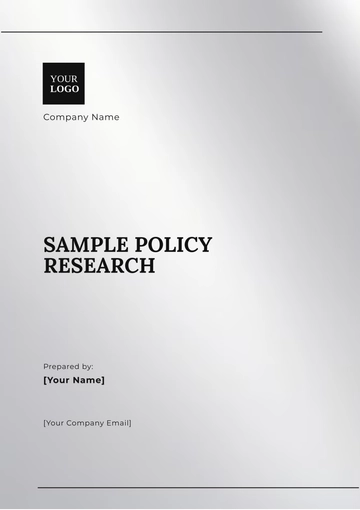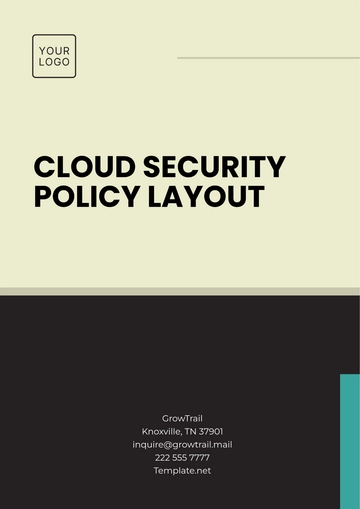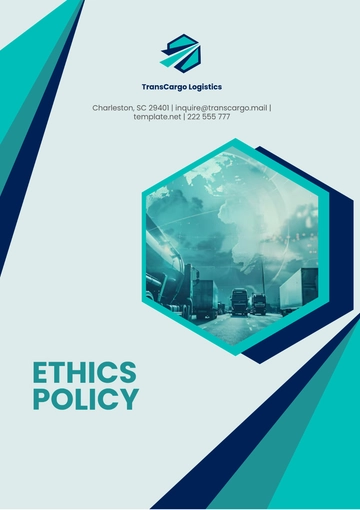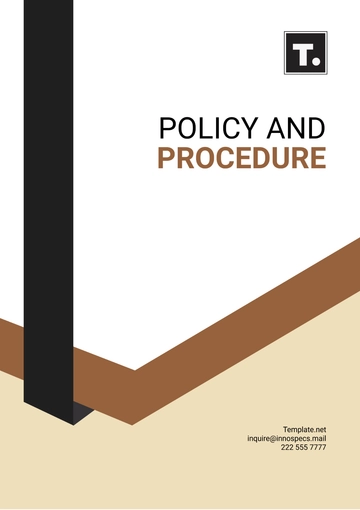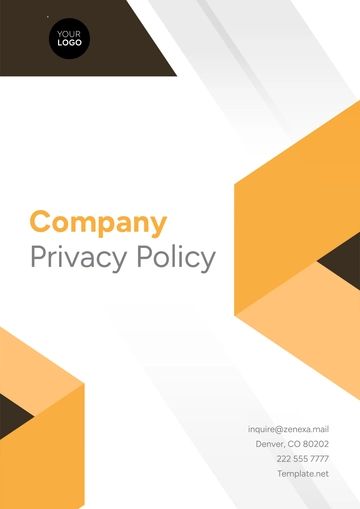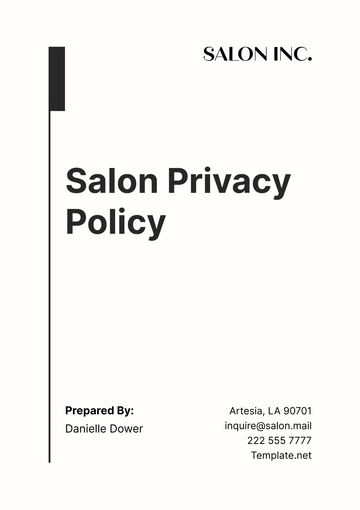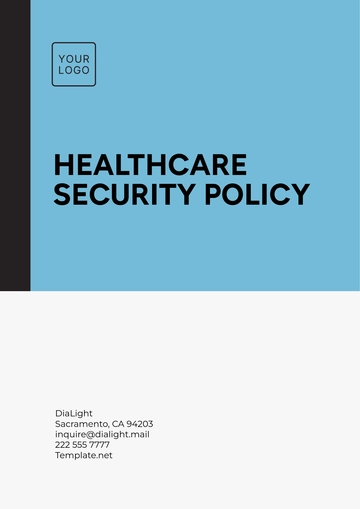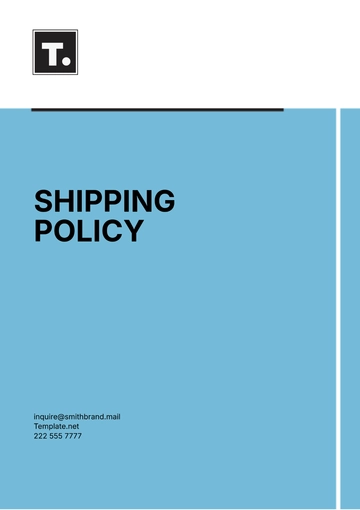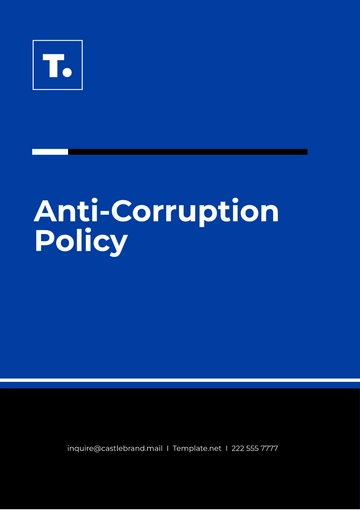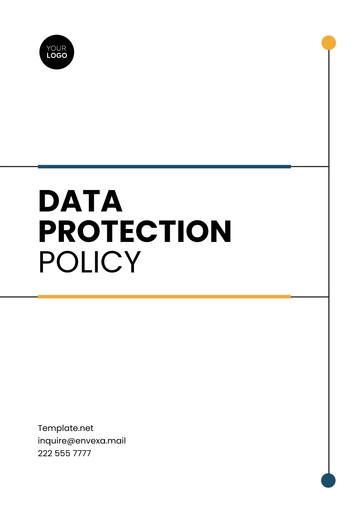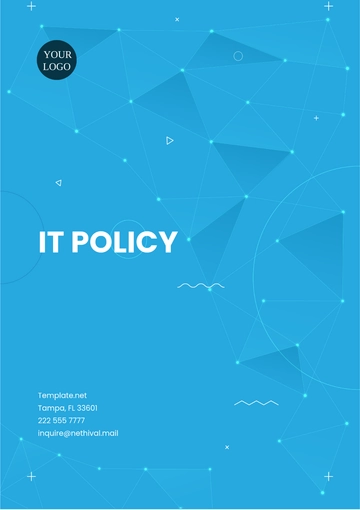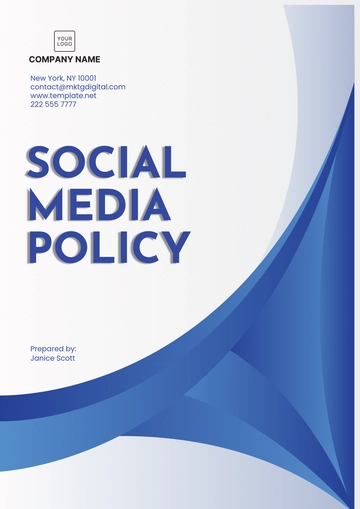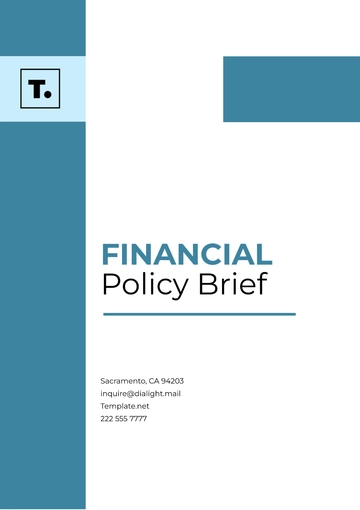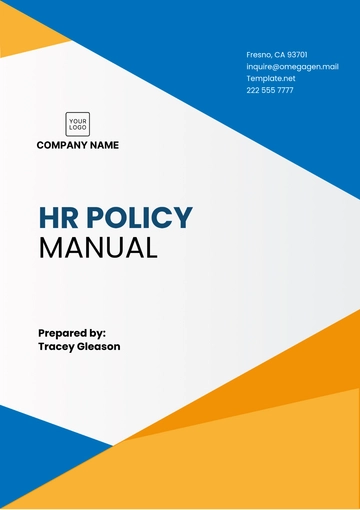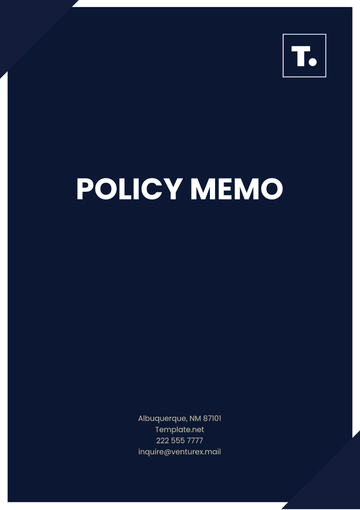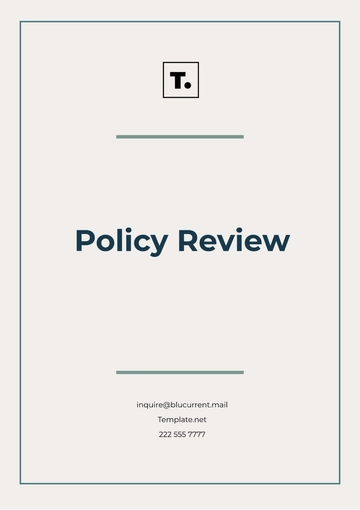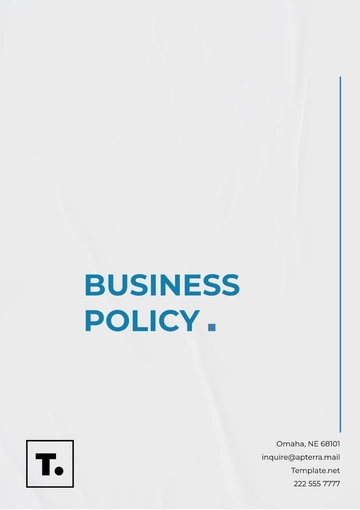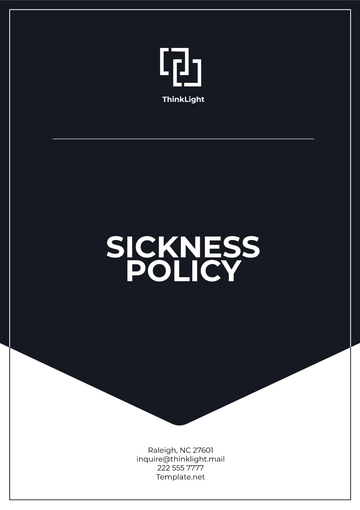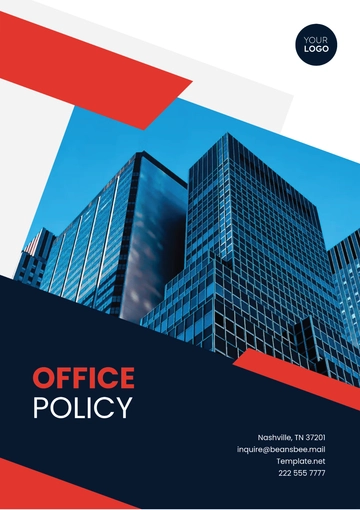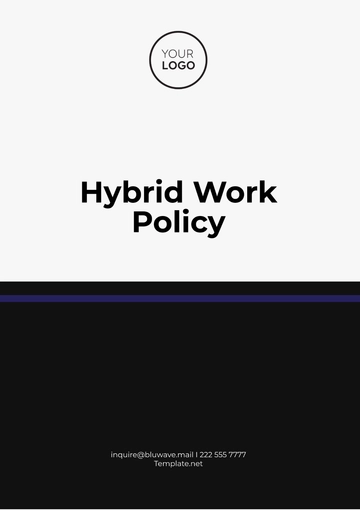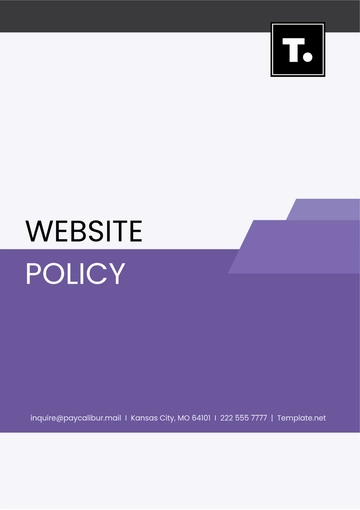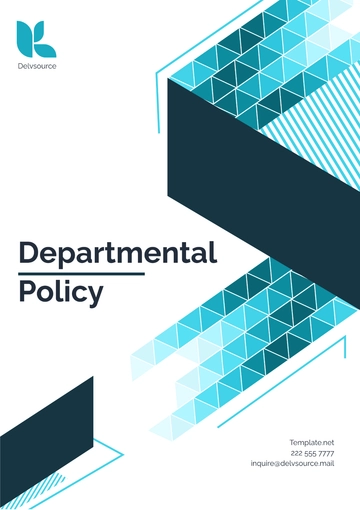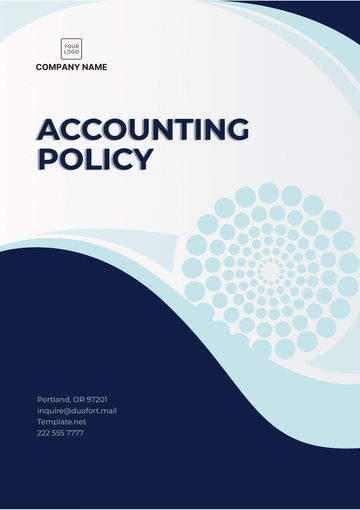Free Transport Policy
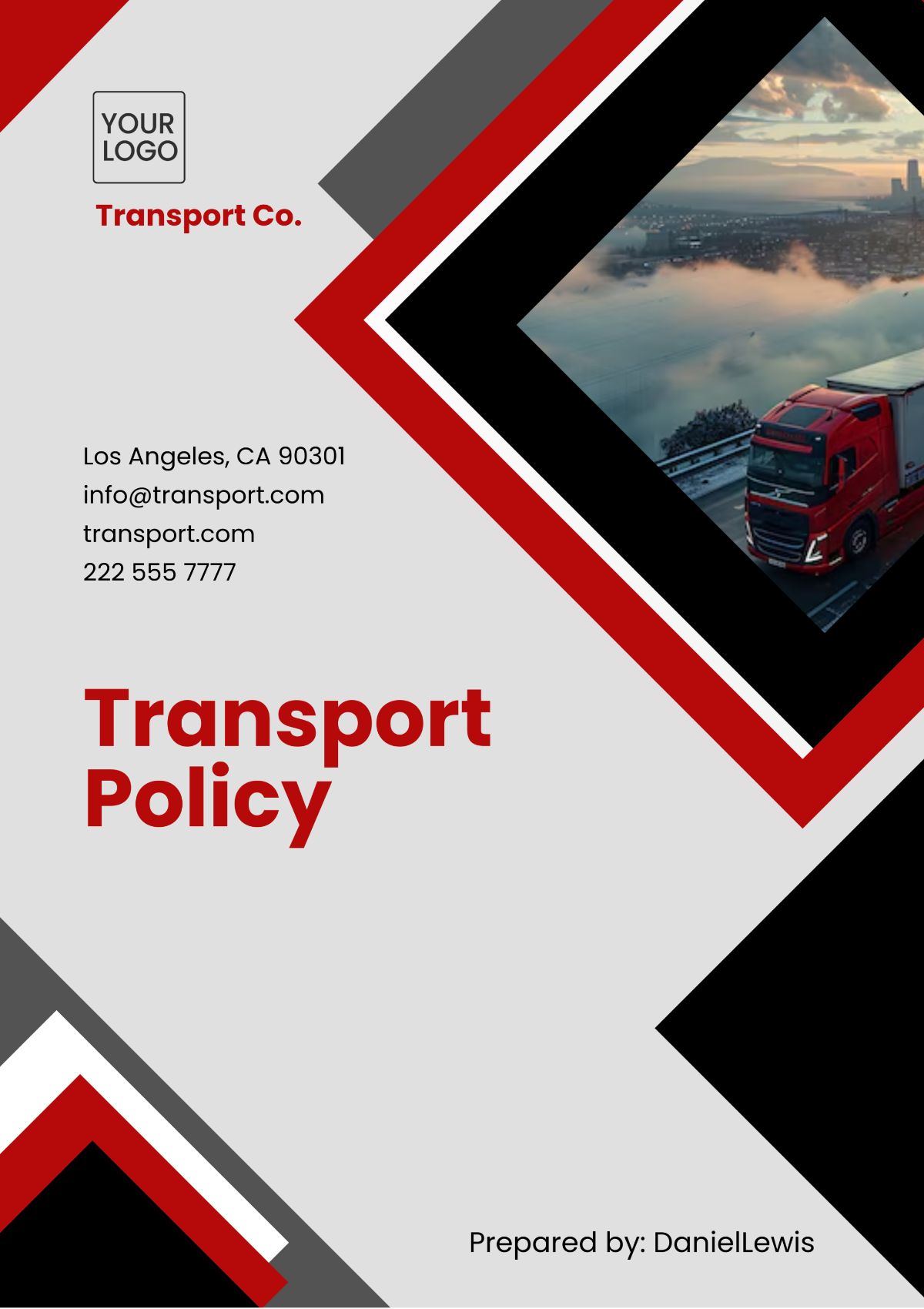
1. Introduction
The Transport Policy of [Your Company Name] is designed to create a structured approach to managing and overseeing transportation activities. This policy is vital for maintaining safety, enhancing operational efficiency, and promoting environmental sustainability. As [Your Company Name] operates in the year [2050] and beyond, it is crucial to adapt to evolving technological advancements, regulatory requirements, and societal expectations. This document outlines the principles and practices that govern all transportation-related activities within the company.
2. Scope
This policy applies to:
Company-Owned Vehicles: All vehicles owned, leased, or rented by [Your Company Name].
Personal Vehicles Used for Business: Vehicles used by employees for company-related tasks.
External Transportation Services: Services provided by third-party vendors for company operations.
Transportation Activities: All activities related to the movement of goods and people for business purposes.
3. Objectives
The Transport Policy is intended to achieve the following objectives:
Ensure Safety
Maintain the highest standards of safety for all employees, contractors, and the public.
Implement preventive measures to reduce the risk of accidents and incidents.
Promote Efficiency
Optimize transportation routes and practices to reduce operational costs.
Enhance service delivery through effective vehicle management and route planning.
Encourage Environmental Responsibility
Minimize the environmental footprint of transportation activities.
Promote the use of eco-friendly technologies and practices.
Comply with Regulations
Adhere to local, national, and international transportation laws and standards.
Ensure all transportation activities are in line with legal requirements.
Support Corporate Goals
Align transportation practices with [Your Company Name]'s broader corporate objectives.
Foster a culture of responsibility and efficiency in transportation operations.
4. Vehicle Management
4.1. Vehicle Acquisition
Table 1: Vehicle Acquisition Criteria
Criterion | Description |
|---|---|
Vehicle Type | Vehicles must be suitable for their intended purpose (e.g., delivery vans, executive cars). |
Specifications | Must meet operational requirements such as capacity, performance, and safety features. |
Environmental Impact | Preference for vehicles with high fuel efficiency and low emissions. |
Cost | Evaluation of total cost of ownership including purchase, maintenance, and operational expenses. |
The acquisition process for vehicles will involve a thorough assessment to ensure that each vehicle meets the specific needs of [Your Company Name]. Consideration will be given to the vehicle's operational requirements, environmental impact, and cost-effectiveness. This approach ensures that the company's fleet remains reliable, efficient, and compliant with sustainability goals.
4.2. Vehicle Maintenance
Table 2: Maintenance Schedule
Maintenance Type | Frequency | Description |
|---|---|---|
Routine Inspections | Every [6] months | Includes checking brakes, tires, fluids, and other critical systems. |
Preventive Maintenance | As per manufacturer’s guidelines | Includes oil changes, tire rotations, and system checks. |
Repairs | As needed | Addressing issues reported by drivers or identified during inspections. |
Regular maintenance is essential to ensure the safety and reliability of company vehicles. The maintenance schedule will be strictly followed to prevent breakdowns and extend the lifespan of the vehicles. Preventive maintenance measures will be implemented to address potential issues before they become significant problems.
4.3. Vehicle Use and Management
Authorized Drivers: Only employees who have undergone the necessary training and hold valid licenses are permitted to drive company vehicles.
Personal Use: Company vehicles are strictly for business use. Any personal use must be pre-approved and documented.
Fuel Management: Fuel cards will be issued to drivers for business-related fuel purchases. Fuel consumption will be monitored through telematics systems to identify and address any inefficiencies.
4.4. Vehicle Safety and Compliance
Safety Standards: All vehicles will be equipped with essential safety features such as airbags, anti-lock braking systems, and advanced driver-assistance systems.
Legal Compliance: Vehicles will comply with all registration, insurance, and inspection requirements as per local and national regulations.
Driver Training: Comprehensive training programs will be provided to all drivers, covering safe driving practices, vehicle operation, and emergency procedures.
5. Employee Responsibilities
5.1. Driver Responsibilities
Safe Driving: Employees must adhere to all traffic laws, including speed limits and seatbelt usage. Aggressive driving and distracted driving are strictly prohibited.
Vehicle Inspection: Drivers are required to conduct pre-trip inspections, checking essential systems such as brakes, lights, and tires to ensure vehicle safety.
Reporting Issues: Any mechanical issues, accidents, or violations must be reported to the supervisor immediately. Detailed reports should be submitted, including the nature of the issue and any relevant documentation.
5.2. Transportation Management
Route Planning: Efficient route planning will be employed to minimize travel time and fuel consumption. GPS and routing software may be utilized to optimize routes.
Performance Monitoring: Telemetry systems will be used to monitor vehicle performance, including fuel efficiency and driver behavior. Performance data will be analyzed to identify areas for improvement.
Compliance Oversight: Ensuring that all transportation activities comply with company policies and legal requirements. Regular audits and reviews will be conducted to maintain adherence.
6. Compliance and Regulation
6.1. Legal and Regulatory Compliance
Local Laws: [Your Company Name] will comply with all municipal and state/provincial regulations related to transportation, including licensing and safety requirements.
National Regulations: Adherence to national standards and guidelines, such as those set by the National Transportation Authority, will be mandatory.
International Standards: For international operations, compliance with international agreements and regulations, including the International Road Transport Convention, will be ensured.
6.2. Policy Adherence
Compliance with this policy is mandatory for all employees and contractors. Non-compliance may result in disciplinary actions, including but not limited to warnings, fines, or termination.
6.3. Audits and Inspections
Internal Audits: Regular internal audits will be conducted to review transportation practices and ensure adherence to the policy.
External Inspections: Inspections by regulatory agencies or third-party auditors will be conducted to verify compliance with legal and safety standards.
7. Environmental Considerations
7.1. Sustainability Initiatives
Table 3: Sustainability Measures
Initiative | Description |
|---|---|
Fuel Efficiency | Implementing and promoting the use of vehicles with high fuel efficiency ratings. |
Alternative Fuels | Exploring and investing in alternative fuels such as electric or hydrogen-based options. |
Carbon Offsetting | Engaging in carbon offset programs to neutralize the carbon footprint of transportation activities. |
[Your Company Name] is committed to reducing the environmental impact of transportation activities. Initiatives will include the adoption of fuel-efficient vehicles, investment in alternative fuel technologies, and participation in carbon offset programs to mitigate emissions.
7.2. Waste Management
Vehicle Parts Disposal: Disposal of vehicle parts and fluids will be managed in accordance with environmental regulations. Hazardous materials will be handled and disposed of safely.
Recycling Programs: Recycling programs will be implemented for materials such as tires, batteries, and other components. Collaboration with certified recycling facilities will be ensured.
8. Training and Awareness
8.1. Driver Training Programs
Defensive Driving: Training will cover techniques to avoid accidents and improve overall road safety.
Vehicle Operation: Training will include proper vehicle operation, including handling, maintenance, and use of vehicle systems.
Emergency Procedures: Employees will be trained on procedures to follow in case of accidents or breakdowns, including first aid and reporting protocols.
8.2. Policy Awareness
Regular Updates: Employees will receive regular updates and refresher training on the Transport Policy to ensure continued compliance and awareness.
Training Sessions: Training sessions will be conducted at least annually or as needed when significant policy changes occur.
9. Policy Review and Updates
9.1. Review Process
Evaluation of Performance: The effectiveness of the Transport Policy will be evaluated annually, considering performance metrics, incident reports, and feedback.
Feedback Collection: Feedback from employees, drivers, and stakeholders will be collected to identify areas for improvement and make necessary adjustments.
9.2. Policy Updates
Communication of Changes: Any updates to the policy will be communicated to all employees through official channels. Updated documents will be made accessible.
Documentation: All changes and updates to the policy will be documented and incorporated into the official policy version.
10. Contact Information
For questions or concerns regarding this Transport Policy, please contact:
Transport Manager: [Your Name]
Email: [Your Company Email]
Phone: [Your Company Number]
- 100% Customizable, free editor
- Access 1 Million+ Templates, photo’s & graphics
- Download or share as a template
- Click and replace photos, graphics, text, backgrounds
- Resize, crop, AI write & more
- Access advanced editor
Establish clear guidelines with the Transport Policy Template from Template.net. This editable and customizable template provides a framework for creating comprehensive transport policies. Personalize it in our Ai Editor Tool to align with your organization’s specific requirements.
You may also like
- HR Policy
- Restaurant Policy
- Company Policy
- Accounting Policies and Procedures
- Website Policy
- Privacy Policy
- Safety Policy
- School Policy
- IT and Software Policy
- Law Firm Policy
- Construction Policy
- Interior Design Policy
- Travel Agency Policy
- Education Academic Policy
- Security Policy
- Real Estate Policy
- Expense Policy
- Software Policy
